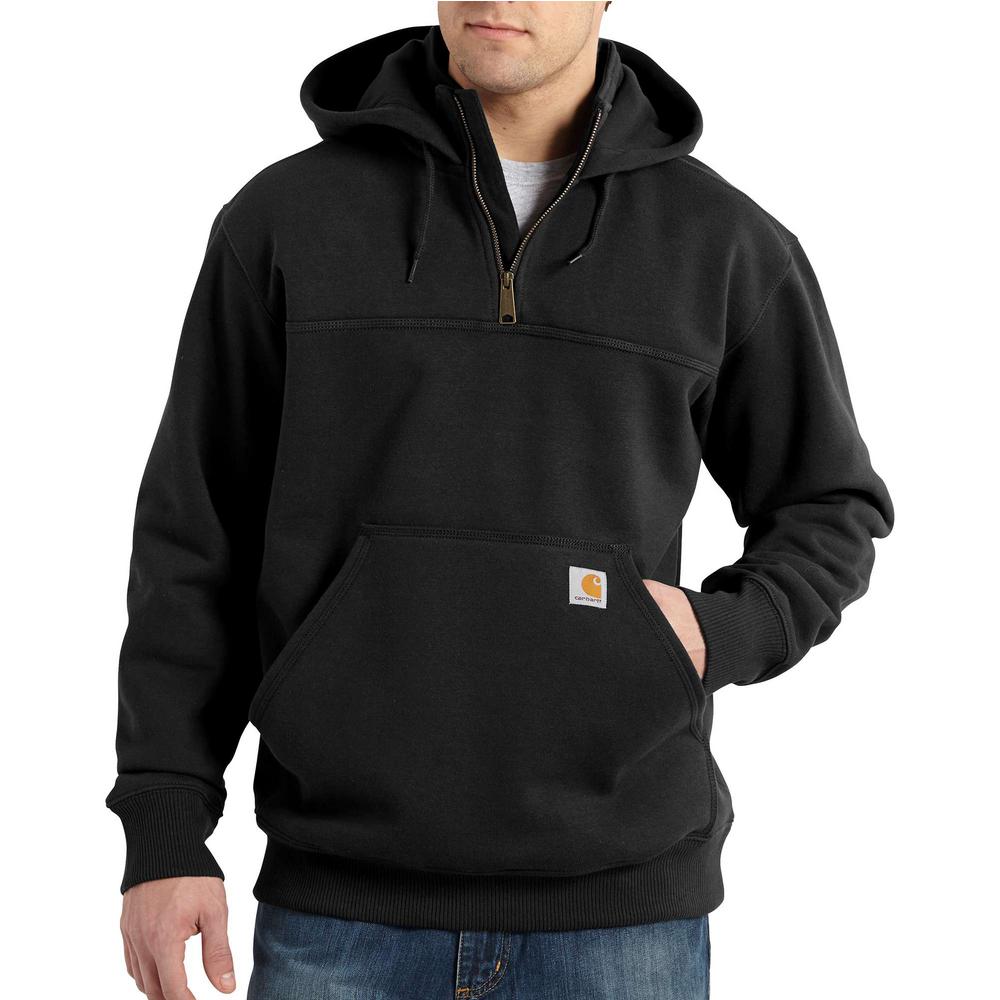Sweatshirts are long-sleeved shirts that are typically composed of thick cotton. They are typically worn as casual clothing but aren't as dressy as sweaters or cardigans. They may not have the or hood. If you are interested in purchasing a sweatshirt, here are a few tips:
Norma Kamali spread the appeal of sweatshirts
Since the end of the 70s in the late '70s, Norma Kamali has been transforming the simple sweatshirt into an art form. Her designs are now a staple in almost all women's wardrobes. Her unique styles range from a tummy-tucking crew neck to leather-paneled sweatshirts. Her clothing is also designed with unique forms, such as an oversized tank top that has an oversized trumpet skirt.
sweat shirts between the designer and sweatshirt manufacturer Everlast gave rise to her Timeless collection, which became hugely popular when it was featured in the Spiegel spring 2006 catalog. The collection offered interchangeable and convertible knits in classic shapes and a lot of items were priced below $20. Even the Kamali's Timeless collection was not sold in stores, fans could still find the pieces on eBay and Poshmark.
sweat shirts tend to be more comfortable than sweatshirts made of soft wool.
Merino wool is renowned for its moisture-wicking properties that help keep you dry and comfortable. Merino wool is an organic fiber that also has a smoother feel. It also drys quickly when compared with other natural material. Additionally, merino is a renewable resource. Merino sheep shed their coats every year , and then grow new ones.

Merino's weight-to-heat ratio is high, and the warmth of wool is what makes it a popular choice for sweatshirts. It assists in regulating the body's temperature because of its loft which naturally traps heat between the fibers. This is the reason Merino wool sweatshirts are great for outdoor and summer activities like mountain biking, and running. The warmth it provides keeps the wearer comfortable and dry. This is crucial when working out.
Zip-front hoodies come with kangaroo pockets.
Kangaroo pocket Hoodies are a very popular type of hoodies. These hoodies feature a huge pocket on the front, which keeps your hands warm during cold days. They are additionally more practical than conventional pockets as they allow your hands to slide in and out easily.
Kangaroo pockets are typically large enough to hold a wallet or some other small personal items. They are commonly large enough to accommodate a small hand or even sufficient to hold two hands. They are wide on either side and can be used to carry small items.
French terry fabric is a popular fabric for sweatshirts.
The French Terry fabric is composed of soft yarns knitted into loops and is usually medium-weight. It is also known because of its capacity to absorb moisture and is already pre-shrunk. French Terry is an excellent choice for sweatshirts because it is warm when you're in need and keeps you cool when you need to cool down.
French Terry is also popular for loungewearbecause it is stretchy enough and has enough flexibleness to feel great against your skin. sweat shirt allows for enough air to circulate through the fabric, making it ideal for layering under other clothes. Additionally, since it is lighter than other sweatshirts that you can wear throughout the year without feeling hot or cold.
Hoodies have classist connotations
While it may seem that hoodies are simply an appropriate clothing item for working class people however, in reality they carry classist connotations. The hooded garment was popular in the late 1970s in New York, where graffiti artists wore them to hide their identities. In 1976 the hoodies made their big debut in the film "Rocky," when the protagonist of the film was a working class man in hooded gray sweats on his memorable climb to the top of the steps of the Philadelphia Museum of Art.
Hoodies are frequently associated with destruction, death and other negative things, and yet they also serve practical purposes. For example, monks and priests might wear hoods in order to display respect and a sense of self-control.
